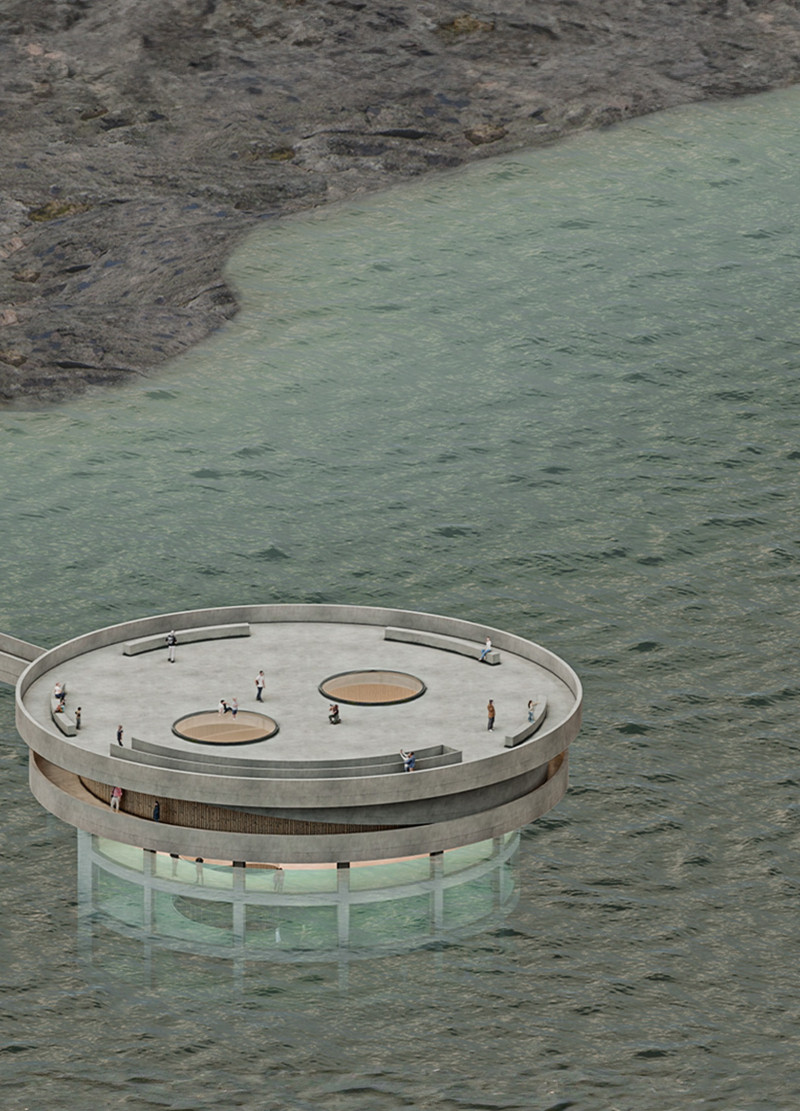5 key facts about this project
The project is situated in a vibrant urban locale, where the integration of the building within its surroundings was a critical consideration. This geographical context plays a significant role in shaping the architecture, as it seeks to resonate with the local culture while also addressing the needs and aspirations of the community. The design employs an adaptive approach, ensuring it meets the diverse requirements of its occupants while remaining sensitive to the ecological and social dynamics of the area.
One of the project's defining features is its materials. A careful selection of sustainable materials underlines its commitment to environmental stewardship. The choice includes local stone cladding for durability and aesthetic appeal, large expanses of glass for natural light and visual connectivity, and reclaimed wood to add warmth and texture to the interior spaces. Each material was selected not only for its functionality but also for its ability to contribute to the overall narrative of the design.
The layout of the building is characterized by open, flexible spaces that encourage interaction among users. This design strategy facilitates a sense of community and collaboration. The architectural plans demonstrate a thoughtful arrangement, where common areas are strategically located to act as social hubs, facilitating engagement while maintaining privacy in more personal spaces such as workstations or rest areas. These design outcomes reflect an understanding of modern lifestyles, where blending work and leisure is increasingly important.
Unique to this architectural project is its innovative approach to natural ventilation and light management. The incorporation of strategically placed skylights and operable windows allows for optimal airflow and daylight penetration, reducing reliance on artificial lighting and mechanical heating or cooling systems. This not only enhances user comfort but also contributes to energy efficiency, aligning with contemporary sustainable design practices.
The project's design includes several outdoor spaces that serve as extensions of the internal areas. These terraces and gardens not only enhance the landscape but also encourage outdoor activities and interactions among users. This integration of green spaces reflects a broader trend in architecture where biophilic design elements are emphasized, fostering a connection to nature that is beneficial for both mental and physical health.
Another noteworthy aspect of the project is its commitment to accessibility. Thoughtful design considerations ensure that all areas of the building cater to individuals of varying abilities. This inclusivity enhances the functionality of the architecture and ensures that the space can be enjoyed by everyone, regardless of physical limitations.
Through its careful amalgamation of materials, innovative design strategies, and emphasis on community engagement, the project stands as a modern example of thoughtful architecture that is both functional and aesthetically pleasing. The project captures the essence of contemporary architectural ideas—where sustainability, community, and user experience converge to create a meaningful space.
Readers interested in delving deeper into this architectural endeavor are encouraged to explore the architectural plans, sections, and designs that further elaborate on the intricacies of the project. Understanding these elements will provide a richer perspective on the design decisions made and their implications for both the building's function and its contribution to the surrounding environment.


 Henrik Samuel Törmänen
Henrik Samuel Törmänen 




















